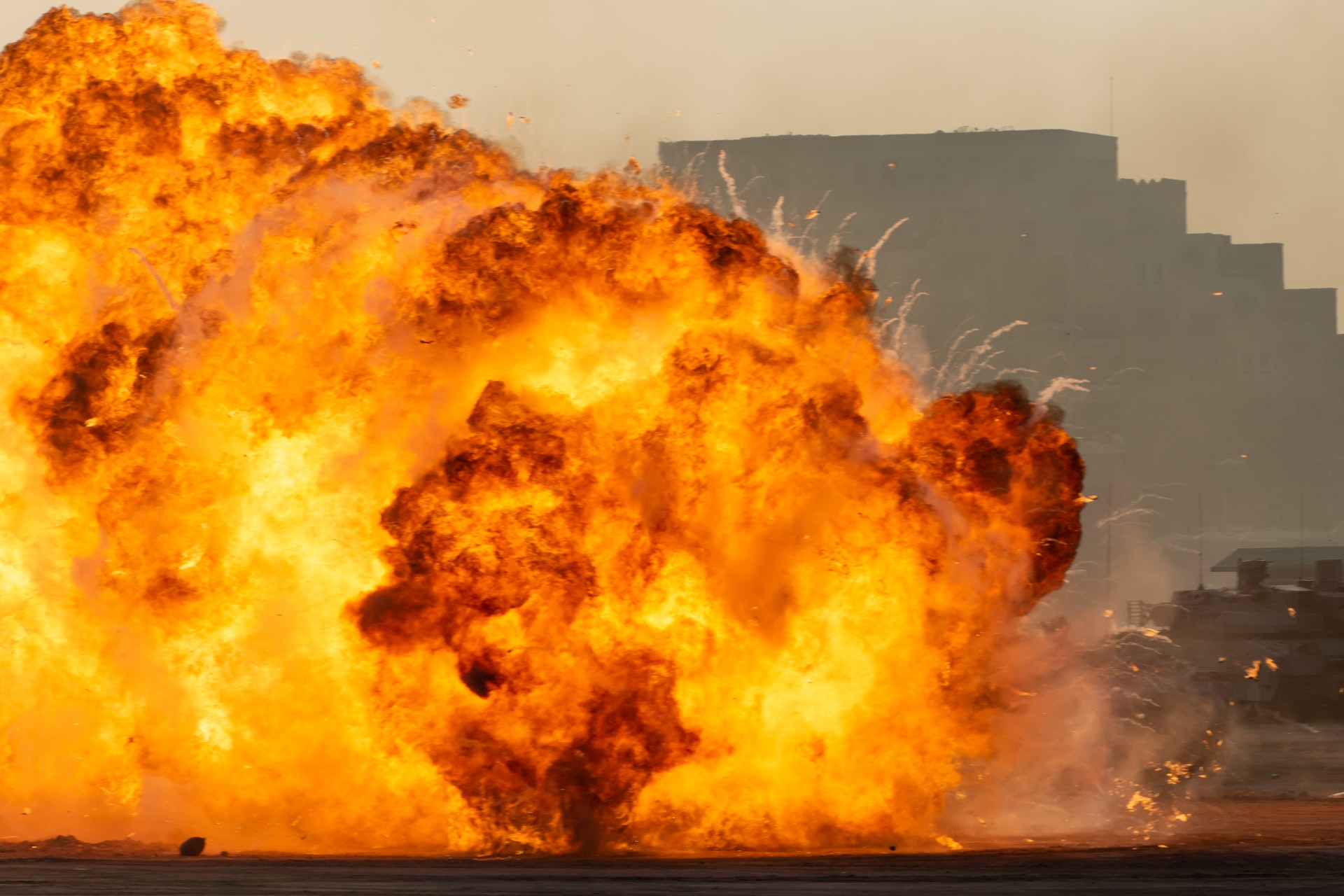Afghanistan: Den of Terrorism

For years, terrorist groups have plagued the people of Afghanistan. Groups such as: Al-Qaeda, ISIS, and (while not officially a terrorist group as per US Department of State) the Taliban have wreaked havoc and destruction in Afghanistan and other countries around the world including the US.
These groups are not only firmly established in their country, but they actively recruit and train new members and have terrorist cells which have infiltrated countries worldwide.
A report by the New York Times explains how and when the US got involved with Afghanistan. Just weeks after the September 11th attacks, then President, George W. Bush announced terrorist groups especially like Al-Qaeda were being targeted by US forces.
Further, the operation named “Enduring Freedom” was described as a “lengthy campaign” to break the Taliban’s stranglehold on Afghanistan and the war on terror commenced. The US attempted to help Afghanistan establish a democratic government. They were constantly thwarted by the Taliban who continued to strengthen their forces.
US Efforts in Afghanistan
In 2009, President Obama sent a surge of US troops numbering at least 100,000 by 2010. After the killing of Osama Bin Laden by a US Navy Seal team in 2011, President Obama announced he would pull out the US troops by 2014. In December of 2014, Obama ended combat efforts instead focusing on training and assisting Afghan security forces.
The Trump administration also tried negotiating with the Taliban; however, strife and civilian casualties continued.
In 2020, the Trump administration had a signed agreement with the Taliban to stop attacking US forces, work with the Afghan government and reduce violence. Unfortunately, the Afghan government was not included in these peace talks and there was nothing put into place to ensure that the Taliban lived up to its side of the agreement. If one were to think about it, what kind of clauses can you put into place in such an agreement? Either, the United States had to be on its way out, the previous president had to ensure that it was a smooth transition as the United States departed Afghanistan.
If President Obama’s shift from focusing on fighting against the nationalistic party, the Taliban, to training the soldiers of the new government panned out well, then would not that make it to where the current situation would not have taken place? This puts into question how much of Afghanistan the “official” government of Afghanistan genuinely controlled. How much territory did Ashraf Ghani, his forces, and the United States truly have control of?
Remember that despite the agreement the Trump admin brokered, the Taliban did scale back attacks but it did conduct initiatives against US troops and Afghan cities, and the US reduced air support for forces of the government.
The goal of the deal was a lasting cease-fire between the Taliban and Afghanistan and create a democratic system of government. This did not occur as the peace talks stalled and the Taliban organization did not cut ties with terrorist groups. With the beleaguered military and police forces unable to hold off the Taliban, The Biden administration stating that efforts to establish a democratic government in Afghanistan had failed, troops began to pull out in May of this year.
The Taliban swiftly took over Afghanistan and gained control as Afghan leaders fled the country. The US troops left Afghanistan on August 30th, leaving the country in the hands of the Taliban. Military equipment was left behind along with an estimated 100,000 people who were eligible for expedited US visas.
An Influx Of Refugees and Potential Terrorists
Information is now coming forward that many of the refugees flooding into the US from Afghanistan may have ties to terrorist groups. Defense One confirmed that a number of Afghan refugees were identified as being on intelligence watch lists. One refugee was identified as being an ISIS member. The Biden administration has assured that they are working to ensure that refugees go through a “robust security screening.’
This includes biometric and biographic security screenings performed by counterterrorism and intelligence officials. This is not much comfort considering that the current administration does not view the religion of Islam as having terrorist ties. Because of this viewpoint, Islam has been largely unstudied by Biden’s administration which would make jihad terrorist cells harder to identify.
The Future of Afghanistan Is Uncertain
The future remains shakily uncertain for Afghan citizens as the Taliban continues its rule. Taliban officials also released thousands of inmates including Al-Qaeda members from a prison near the city of Kabul. Taking into consideration all of these factors and with nothing left to stop them, it is likely that the Taliban will continue its objectives and grow stronger over time. At the same time, it is necessary to note that places of chaos and poverty tend breed crime, illicit initiatives and can contribute to destabilization within a region.
